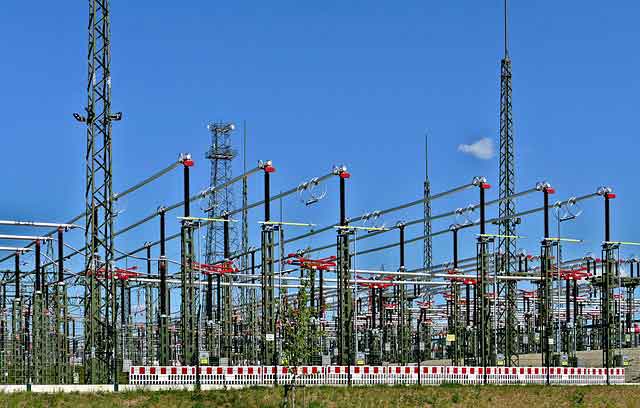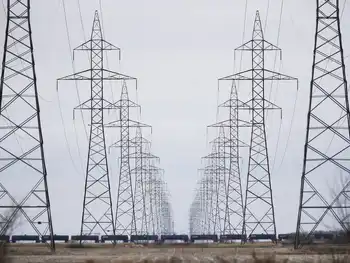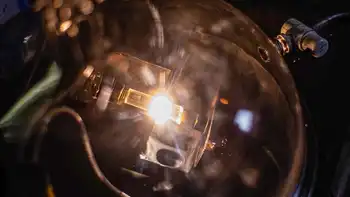Wal-Mart 'Green Store' Cuts Energy
LAS VEGAS, NEVADA - Wal-Mart Stores Inc. opens its latest generation of energy-efficient test stores with a Las Vegas Supercenter that uses new cooling technology to cut overall energy use by up to 45 percent.
The Las Vegas store opening builds on advances in earlier pilot stores that reduced energy use in areas including lighting, refrigeration and water flow.
The previous pilot stores in the Midwest cut energy use up to 25 percent compared to a typical Supercenter built in 2005, the year Wal-Mart launched a broad environmental program to reduce energy use and packaging waste and to sell more sustainable products.
Wal-Mart said the new Las Vegas store adds to those savings with a new cooling system based on water evaporation for total energy savings of between 35 percent and 45 percent.
Wal-Mart has said it is the biggest private user of electricity in the world and has huge potential to cut back on greenhouse gases from fossil fuels burned to create electricity. It aims to use technologies proven in the pilot stores to develop a prototype in 2009 for all new Supercenters that will be between 25 percent and 30 percent more energy efficient.
An outside engineering and efficiency expert said Wal-Mart's advances in saving energy, including the new Las Vegas store, are leading the field for big-box retailers.
"This is not just a baby step. This is a big step," said Terry Townsend, past president of the American Society of Heating, Refrigerating and Air-Conditioning Engineers.
Townsend said Wal-Mart's pilot stores are important because they show other retailers how to use available technology to improve energy efficiency. Wal-Mart says it is sharing its lessons with retail industry groups.
The latest store is built specifically for the arid climate of Western states, where water evaporates faster than in the more-humid East.
It uses rooftop cooling towers to chill water that then runs in conduits under the floor of the store. The radiant cooling from the floor replaces traditional electricity-powered air conditioning.
The store also incorporates innovations from the previous pilot stores that include recycling heat from refrigerators and combining low-power LED lights in freezer cases with sensors that turn off those lights when no customers are around.
Related News

OpenAI Expands Washington Effort to Shape AI Policy
WASHINGTON DC - OpenAI, the creator of ChatGPT, is significantly expanding its presence in Washington, D.C., aiming to influence policy decisions that will shape the future of artificial intelligence (AI) and its integration into critical sectors like energy and national security. This strategic move comes as the company seeks to position itself as a key player in the U.S. economic and security landscape, particularly in the context of global competition with China.
Expansion of Policy Team
To enhance its influence, OpenAI is tripling the size of its Washington policy team. While the 12-person team is still smaller compared to tech…




